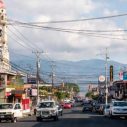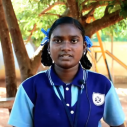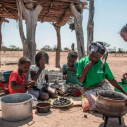
Search
Articles

The MPI as a Tool for Achieving Poverty Reduction Goals in Costa Rica
In July 2016, just nine months after launching the Costa Rica Multidimensional Poverty Index (MPI-CR), President Luis Guillermo Solís Rivera issued Presidential Directive N°045-MP. In this directive he called on ‘all heads and officials of ministries and institutions of the public social sector to use the Multidimensional Poverty Index as an official tool for measuring poverty, guiding the allocation of resources, and monitoring and evaluating social programmes’.

The Global MPI 2018 Shows that India Has Made Remarkable Progress
In September of this year, OPHI and the United Nations Development Programme published a new version of the global MPI, adjusting five of its ten indicators to better align this index with the Sustainable Development Goals (SDGs). With results covering more than 100 countries – disaggregated into more than 1,000 subnational regions, rural-urban areas, and age groups – the global MPI 2018 is particularly useful for identifying people who are being left behind in the SDGs.


Monitoring SDGs through an MPI: The Case of Colombia
In 2015, the United Nations member states adopted the 2030 Agenda for Sustainable Development. Its core mandate is the improvement in the quality people’s lives while leaving no one behind. For this reason, a set of 17 goals – the SDGs – were defined with the aim of monitoring the progress of each country. In particular, Target 1.2 is concerned with reducing the proportion of men, women, and children of all ages living in poverty in all its dimensions by at least half, according to national definitions, by 2030.

Mozambique: The First African Country with an Official National MPI
Until a few years ago, the estimation of poverty in Mozambique was based on personal consumption. Over time, however, the concept of poverty and how it is measured has evolved. According to Finorio Castigo, specialist at the Directorate of Economic and Financial Studies (DEEF) at the Ministry of Economy and Finance, this change is reflected, for example, in the Action Plan for the Reduction of Absolute Poverty (PARPA I).












